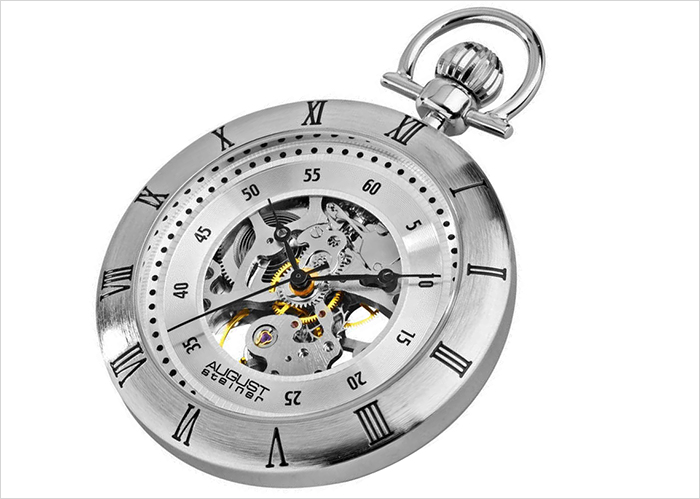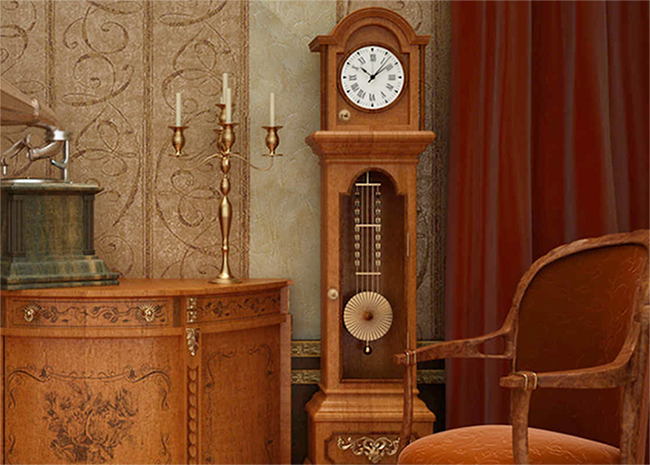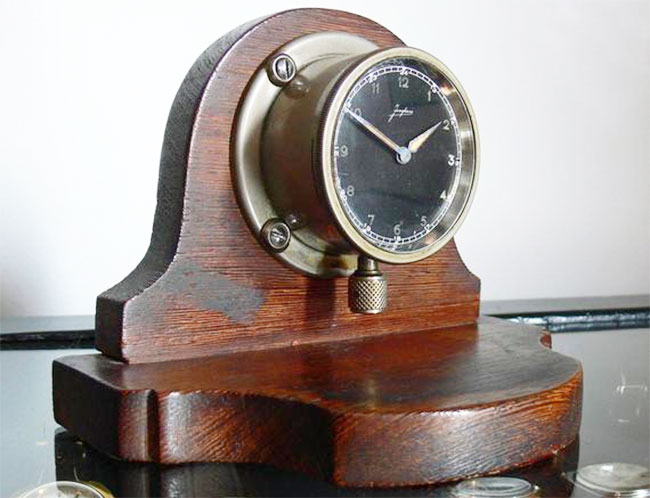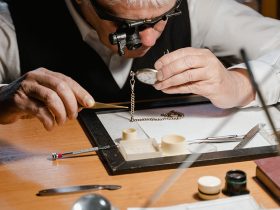The development of American pocket watches started during the 16th century with the invention of spring-driven clock, a clock powered by spring instead of the more traditional weights.
These were the first portable timepieces that can be worn in public. Despite the novel portability, these early clocks had to be worn around the neck.
It took decades before a watch can be carried in the pocket. Because of the then advanced engineering and craftsmanship needed to create them, these watches are expensive and only rich individuals can afford them.
In the 17th century, pocket watches as we know them today took form. The hard, boxlike edges evolved into more rounded and smaller cases. Clockmakers produced intricately-decorated timepieces, incorporating complicated and beautiful designs.
As railroad traffic increase in the latter half of the 18th century, it became necessary to synchronize the timepieces of train engineers to avoid accidents. Thus begin the widespread use of pocket watches in the United States and the birth of American pocket watch brands.
In 1887, the American Railway Association defined the basic standards for railroad pocket watches. However, this new quality-control standard was not put in place until the famous Klipton train disaster happened. In April 19, 1891, a mere 4-minute difference between two railroad engineers caused a train wreck on the Lake Shore and Michigan Southern Railway.
To avoid this from happening again, railroad officials pushed for the adoption of stricter standards for railroad-grade pocket watches and a reliable inspection system. This was headed by Webb C. Ball, the appointed Chief Time Inspector.
The General Railroad Timepiece Standards was adopted in 1893. Timepieces that were manufactured to meet this quality standard were labeled as ”railroad-grade”.
Pocket watches continued to become a major timepiece up to the early 1900s, when wrist watch started gaining popularity.
During the First World War, officers wearing military pocket watches in the field began to appreciate a timepiece that can be carried on the wrist, which is more accessible than one kept in the pocket. After the war, pocket watches slowly lost their appeal as wrist watches started to become more popular. Its use, however, continued in railroading.
For a few years between the 70s and the 80s, three-piece suits returned to fashion leading to a slight resurgence in pocket watches. Some men began using the vest pocket watch for its original purpose.
Since then, a number of watch companies continued producing pocket watches. Antique timepieces, on the other hand, have also become more valuable, with some of the rarest pocket watches fetching millions in auctions.











Leave a Reply